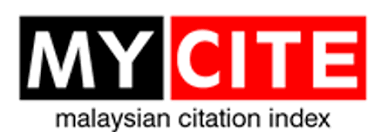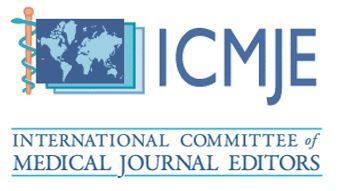Visual Acuity after Posterior Capsular Rupture during Cataract Surgery
DOI:
https://doi.org/10.51200/bjms.v13i2.1266Keywords:
posterior capsular rupture, cataract surgery, visual outcomeAbstract
Posterior capsular rupture (PCR) is a common and serious complication of cataract surgery. It complicates the process of inserting posterior chamber intraocular lens and affects the visual outcome. This study is a review on visual acuity of patients that had PCR during cataract surgery in Hospital Melaka, risk factors of PCR, and factors that cause poor visual outcome. The record of all patients that had PCR during cataract surgery from 1 January 2014 till 31 March 2017 was traced using National Eye Database (NED) and the patients’ folders were reviewed retrospectively. Data collected was demographic data, type of cataract surgery, status of surgeon, underlying ocular diseases, risks factors for PCR, postoperative visual acuity, and factors that cause poor visual outcome. There were 238 eyes that had PCR during cataract surgery, from 126 (53%) female and 112 (47%) male patients. The mean age was 66.62 years old, ranging from 9 to 87 years old. Major risk factors identified were hard cataract, polar cataract, uncooperative patients, extended continuous capsulorhexis, subluxated lens, myopia, vitrectomised eyes, and poor pupil dilatation. From 153 cases that had no pre-existing ocular diseases, 119 (78%) cases had normal vision (best corrected visual acuity – BCVA) two months after surgery, 10 (7%) cases had moderate visual impairment, and four (2%) cases had severe visual impairment. Causes of BCVA poorer than 6/18 were high astigmatism, CMO, and prolonged inflammation. Cataract surgery, even complicated by PCR, is compatible with good visual outcome if the complications are managed promptly.
Downloads
Published
How to Cite
Issue
Section
License
All articles are published under the Creative Commons Attribution-NonCommercial (CC BY-NC 4.0) license, enabling users to read, download, copy, distribute, and adapt the material for non-commercial purposes, provided proper credit is given to the original authors and the source. This model supports transparency, accessibility, and the global exchange of medical knowledge.








1.png)



